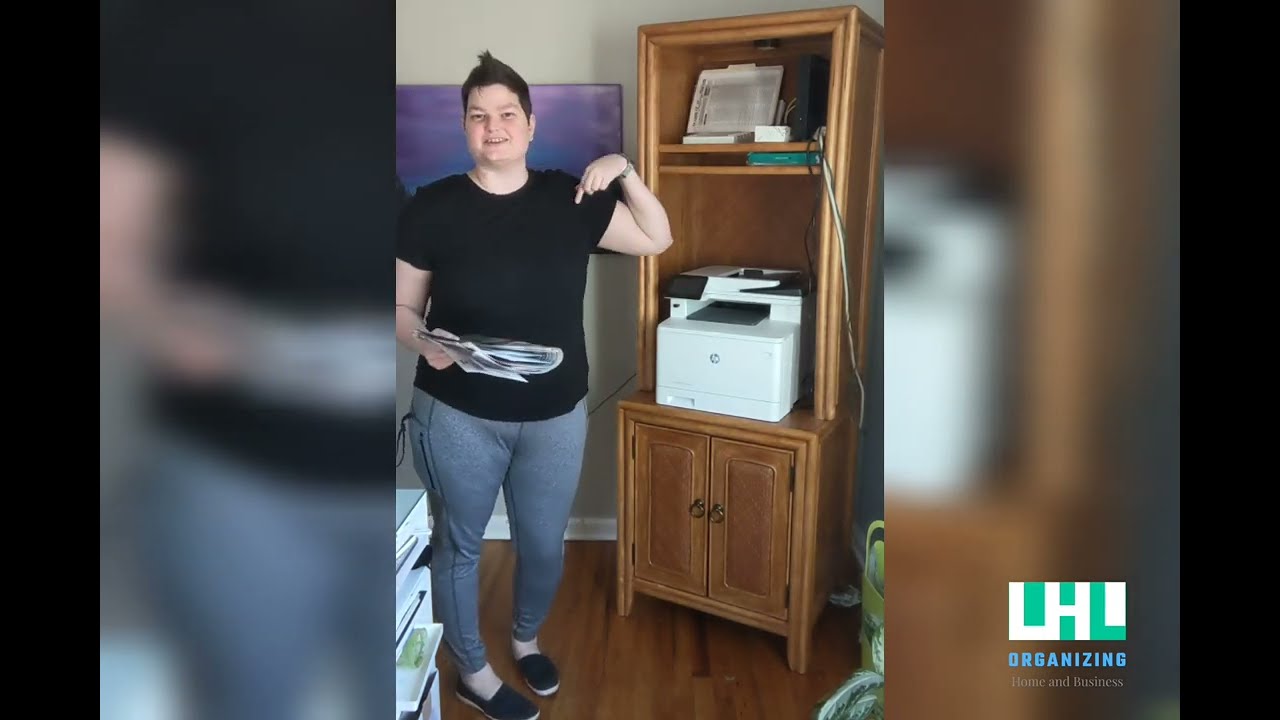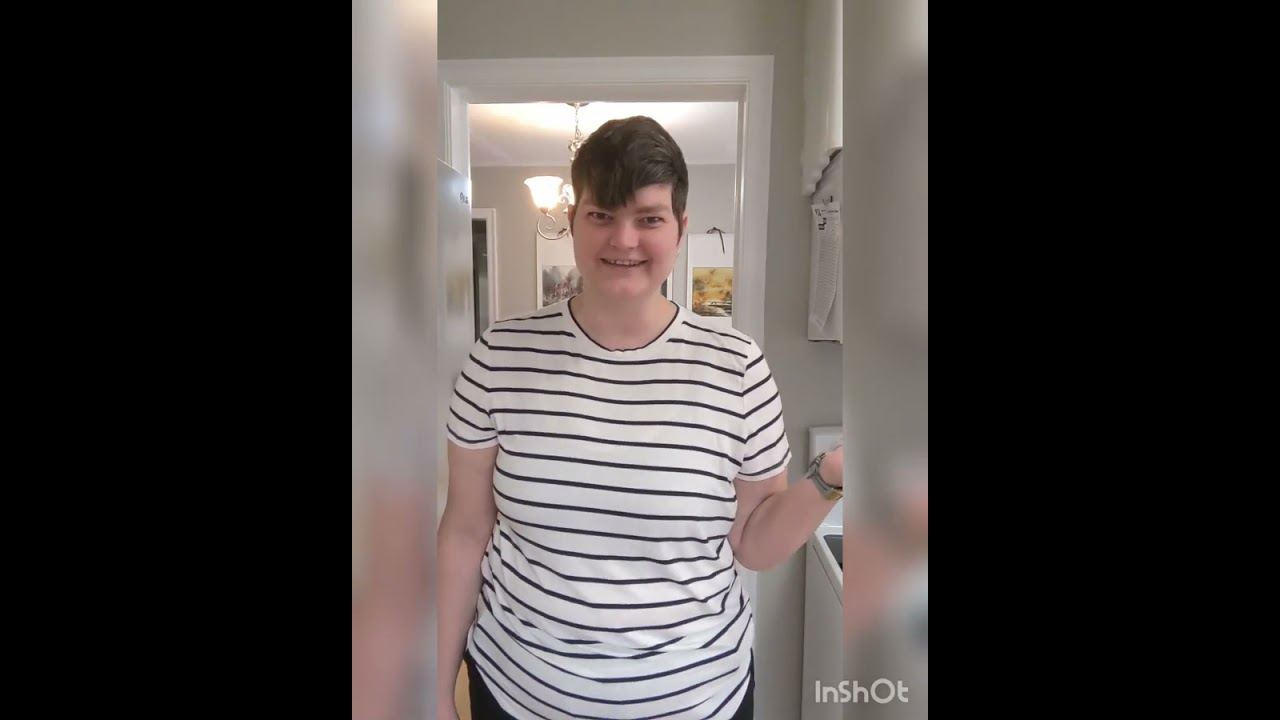In this post, I’m breaking down the top reason clutter becomes overwhelming. Many clients will make references to being worried that they are becoming hoarders or that somehow their space will be the worst I’ve ever seen. The truth is most people, even with a high amount of clutter, do not have a hoarding disorder. The top reason clutter becomes overwhelming is by consistently deferring decisions and actions.
We’re not going to discuss hoarding here, but simply having excess items isn’t the minimum criteria for hoarding. I’ll leave it there. Regardless, stuff can cause a lot of arguments between family members.
Here’s the honest truth. We can have a million excuses that come back to procrastination. Additionally, some people experience more discomfort and less trust in their ability to make good decisions regarding their stuff and what they will need.
There’s no quick way around this. However, this is why you will hear about decluttering games when you are beginning, or to start with trash. This helps people stop being overwhelmed by the ENTIRE thing and instead focus on the individual items there. Doing virtual organizing sessions is another great way to learn to have faith in your own abilities while we guide you through the process and keep you encouraged.
Step 1: Make a Short Game of It!
Everyone could stand to declutter so it’s pretty safe to start with making a game when getting started. There are many existing games and participating in an existing group is a great way to gain an element of accountability and celebration for your efforts. 40 bags in 40 days, is a group that started from decluttering during lint, but most people will do this all year round. Gather a small plastic bag and run around looking for items that you can either throw away or donate!
There’s also The Mins Game which starts by decluttering just 1 item on Day 1 of the month and slowly decluttering 1 additional item each day until the last Day of the month. Doing this with a friend and with a friendly bet can help keep both parties accountable. In almost any decluttering group there will be a few people playing this game at any time. And good news! You can catch up to wherever they are!
Dana K. White’s 5-step no mess decluttering process is another way of adapting our brain to see and declutter without getting caught up in emotion which is great for any stage in your decluttering journey.
Step 2: Stop the influx
We will continue to gain items throughout our lives and the best way to keep from gaining the clutter is to now allow things in. With paper, this looks like throwing out everything that is junk mail right away. Reduce the envelopes and excess by opening everything right away and sorting into Reference, Action, and Sentimental. Make sure to schedule a bit of time each week to act on the Action file and file the long-term Reference items.
Step 3: Setup memory bins
Sentimental items are generally considered the most difficult decisions to make. The difference between a child’s doodle and a precious memory really becomes apparent over time. Setting up a bin to hold items for a bit of time to let those revelations become apparent will help manage sentimental items. Let the space force you to compare items.
Step 4: Pick a physically bounded space
Once you’ve picked a method and set up these stop-gaps, pick a space. It should be as small as a single drawer. It could be the entryway to target visible spaces for quick wins. Or it could be a space that is driving you mad!
If it’s the kitchen, make sure part of your stop-gap method is washing the dishes daily. You will always feel overwhelmed as long as dishes are allowed to pile up and they do get harder to clean as they get older. Learning to clean as you cook is a great way to go. It’s worth the effort. If you want to start good tidying habits, join the 75-Day Tidy Home Challenge.
Step 5: Start without pulling everything out
It’s counterintuitive to some to not pull everything out and clean the drawer as a first step. This is the method you would follow after you’ve decluttered thoroughly and are ready to add organizers. Resist the urge because you’re likely not starting at this point. Wait until after a round or two of decluttering through the whole house. This way you’ll know if you have all the items in that category yet.
Step 6: Onion Method
As much as you may want to do it all at once, our minds will adapt to each layer and most people find they want to go further. This is why it’s called the onion method. We’re peeling back one layer at a time until we find the level of items that we can manage well.
Step 7: Organize!
Believe it or not, organizing comes last. This may also require adjustments due to different styles of organizing. It’s easy to think that you want everything hidden, but your life may not lend itself to being so tucked away.
This brings me to my next blog topic, reasons why you might feel unable to stay organized when you used to have no problem staying organized.
It’s important to remember not to delay decisions anymore. Doing so led to boxes in the basement, piles on your furniture, and delaying action left piles on your stairs. Taking action today will make tomorrow easier.
And guess what? Getting help can be a great solution and virtual organizing sessions help you learn the tools and break the bad habits. It’s considered more effective than in-person clutter coaching sessions because you have more ownership in the solution and you learn all the tools you need to keep going! Can you imagine going from stressed about your stuff to LOVING organizing all your spaces? That could be you. Really.



